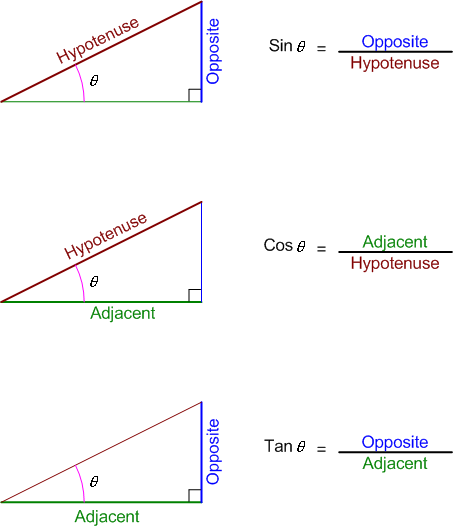Question #8bd1b
1 Answer
No, they are not
Explanation:
The vector quantity is the magnitude of the vector, so how long the vector is. Whereas the vector also includes the direction of the vector.
If we have the vector
Then its vector quantity would be its magnitude. The magnitude of a vector can be calculated using the following formula:
If
Then the magnitude of
So, with the vector we had:
So the vector quantity of a is
We use units when a unit value (such as cm or m) is not given.
When talking about the vector itself, you need to include the direction of the vector as well.
To calculate the direction of the formula, use:
If
Then the direction of the vector is:
Let's go through the explanation for this:
So let's use our vector from before:
It would look like:
As you can see we can split the vector into its components. Its horizontal component (
This forms a right angled triangle. The angle the vector makes with the horizontal is

We have the adjacent and opposite.
So use
So
But the vector quantity (magnitude) or

